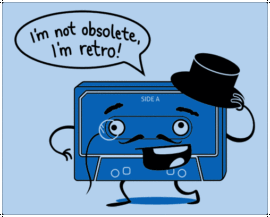New energy vehicles are the best option in congested cities. However, the lack of charge poles have hindered the expansion of the new industry. Airwheel, an electric vehicle producer has taken some steps to tackle the thorny problem.
Have interest and click the website to consult:http://lr.zoosnet.net/LR/Chatpre.aspx?id=LEF97767077&lng=en
Despite the fact that new energy vehicles are the best option in congested cities, limited battery range and a lack of power stations are the biggest problems facing drivers of electric vehicles. Airwheel, a senior electric device manufacturer, has taken several steps to tackle the charging difficulty. Maybe, these measures may provide some new suggestions and ideas to the whole industry.
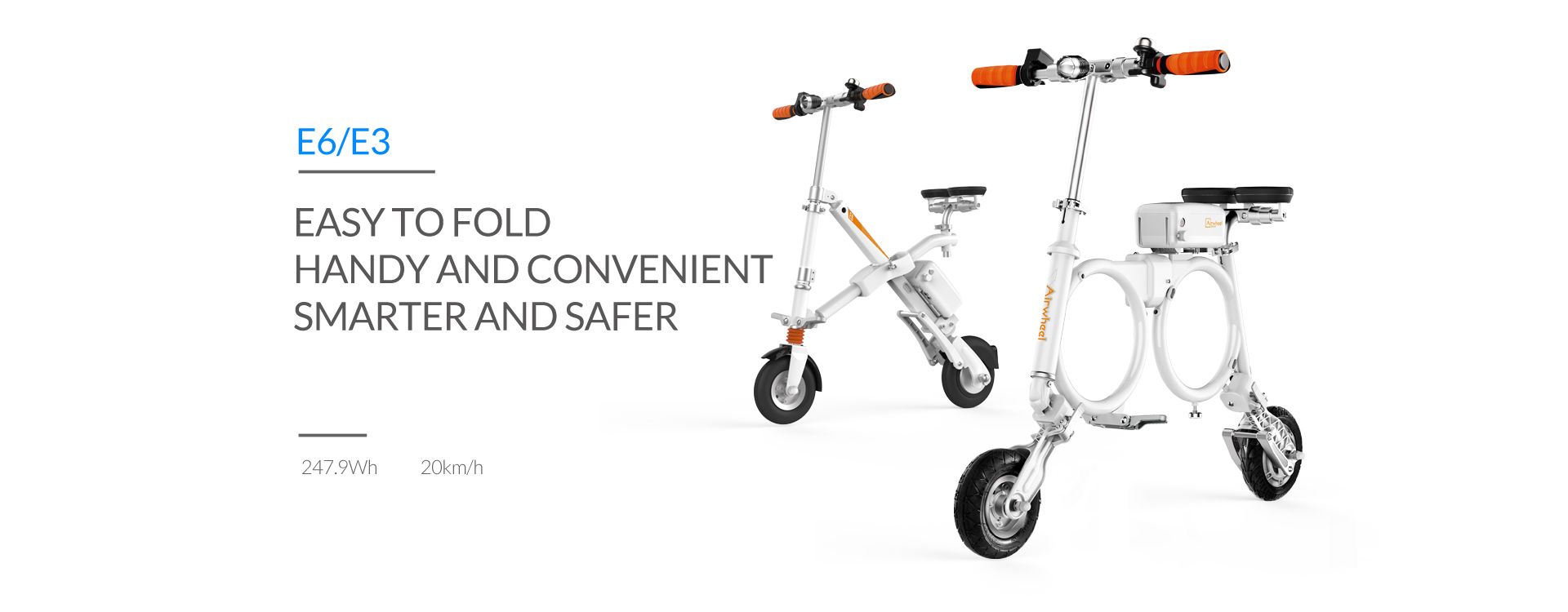
In the recent product release, Airwheel has adopted an external battery design. The battery for Smart E Bike like E3 and E6 weighs only 1.4 kg. It can be removed from the vehicle easily. Thus, there are two charging ways, by inserting the power source to the charger directly or removing the battery to charge. With the portable and delicate battery, charging becomes much simpler. Urban white collars can take the battery to charge in offices. The battery is also integrated with a USB port to charge other electric devices.
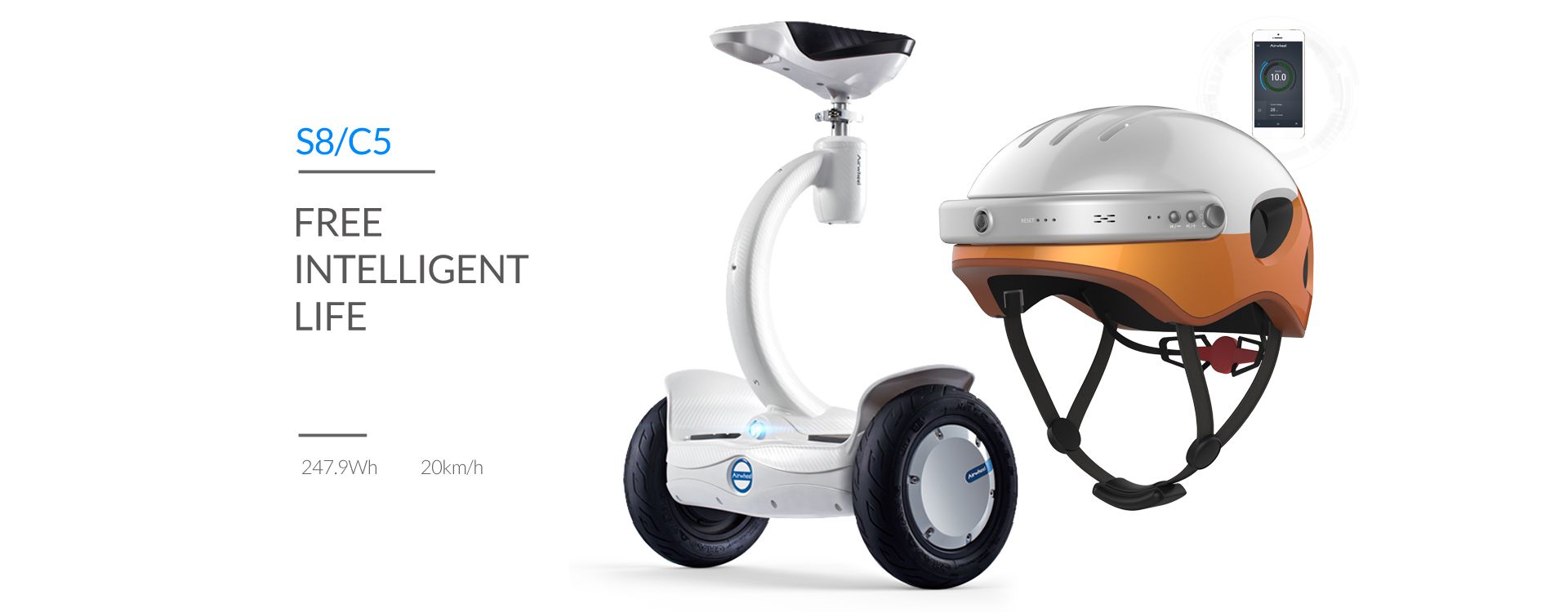
The charging problem bothers electric car drivers most. In peak hours, they couldn't even risk turning on air conditioning since they worry that this may consume too much electricity and leave them short of power for the return journey, or even dead battery on the road. Airwheel smart e bikes have exempted its users from such a worry. Since Airwheel e bikes are extremely foldable and light-weighted.
.jpg)
Even when the vehicle is out of power, riders can fold them and transfer to buses and metros. Airwheel electric devices can be taken onto the public transportation facility without occupying large space. In this respect, Airwheel e bikes are sometimes more efficient than electric cars.
Airwheel has done what it can to eliminate some charging difficulties. But the fundamental issue that facing the whole industry still exists. As long as there are not enough charging poles, the development of the electric devices are hampered. Electric commuting device is an irresistible tide worldwide, as traditional petrol-powered vehicles are polluting the environment. When people can charge their foldable electric bikes or electric cars in any place, they can go as long as they wish.
Media ContactCompany Name: Airwheel Holding LimitedContact Person: EricEmail: Send EmailPhone: +8618651968700Country: United StatesWebsite: http://www.airwheel.net
Source: Airwheel panasonic folding electric bike battery: E-vehicle Drivers Call for More Power








 The Cost of Residential Charging Equipment
The Cost of Residential Charging Equipment charging the Kia Soul EVHere some tips to cut costs and drive for free:
charging the Kia Soul EVHere some tips to cut costs and drive for free: · Switch to LED light bulbs and turn off lights and electronics when they're not in use. Simple green actions at home can reduce your electricity bill by as much as $50 per month.
· Switch to LED light bulbs and turn off lights and electronics when they're not in use. Simple green actions at home can reduce your electricity bill by as much as $50 per month. As for the EVSE and circuit breakers, these are one-time costs. According to PluginCars.com, a compelling authority on all things EVs, the average cost of comparable and durable. EVSE is between $600 and $700. As for the circuit breaker, if it's already rated for at least 40 amps, you can leave it be. If not, you'll need to upgrade. The cost of upgrading your circuit breaker is dependent on whether or not you need an electrician, and then it will be the standard per hour electrician rate plus the cost of a new breaker box.
As for the EVSE and circuit breakers, these are one-time costs. According to PluginCars.com, a compelling authority on all things EVs, the average cost of comparable and durable. EVSE is between $600 and $700. As for the circuit breaker, if it's already rated for at least 40 amps, you can leave it be. If not, you'll need to upgrade. The cost of upgrading your circuit breaker is dependent on whether or not you need an electrician, and then it will be the standard per hour electrician rate plus the cost of a new breaker box.
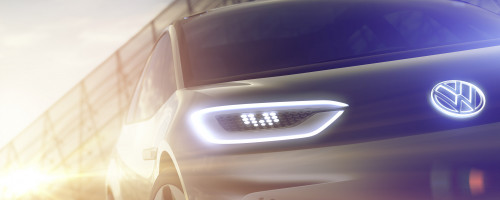


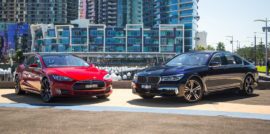 Media, both social and antisocial, has been full of articles and first-person accounts with people raving about how much they love the experience of driving their electric cars. They talk about how wonderful it is to wake up to a full gas tank, how quiet it is, the instant and no-fuss torque, and how cheap electric cars are to operate.
Media, both social and antisocial, has been full of articles and first-person accounts with people raving about how much they love the experience of driving their electric cars. They talk about how wonderful it is to wake up to a full gas tank, how quiet it is, the instant and no-fuss torque, and how cheap electric cars are to operate. and actual acceleration commences. There's just no buildup in electric cars, so all of the anticipation dwindles. Personally, I'm a creature of delayed gratification, so this really rankles.
and actual acceleration commences. There's just no buildup in electric cars, so all of the anticipation dwindles. Personally, I'm a creature of delayed gratification, so this really rankles. be something that was done solely by rubbing pads against rotors of various types, heating them up and making them warp when driven through water or cleaned. They used to do nothing else, and certainly not generate fuel. That exotic single purpose plus attendant waste was a delicious thing.
be something that was done solely by rubbing pads against rotors of various types, heating them up and making them warp when driven through water or cleaned. They used to do nothing else, and certainly not generate fuel. That exotic single purpose plus attendant waste was a delicious thing.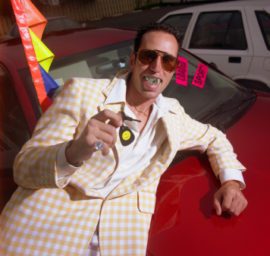 Mysterious visits to the sales manager. Oh, the joys of sitting in a dealership waiting for a salesman to return with news about whether my latest bargaining ploy was accepted, rejected, or spun to their advantage. For that matter, add in all of the pleasant hours spent in dealerships trying to get past the thickets of upsells and the like. Barriers make eventual success all the sweeter, and one of the biggest barriers to owning a new car is the sales process. So sadly missed, now that Tesla has cruelly eliminated dealerships and allows me to pick exactly and only what I want, without fuss, muss, or haggling.
Mysterious visits to the sales manager. Oh, the joys of sitting in a dealership waiting for a salesman to return with news about whether my latest bargaining ploy was accepted, rejected, or spun to their advantage. For that matter, add in all of the pleasant hours spent in dealerships trying to get past the thickets of upsells and the like. Barriers make eventual success all the sweeter, and one of the biggest barriers to owning a new car is the sales process. So sadly missed, now that Tesla has cruelly eliminated dealerships and allows me to pick exactly and only what I want, without fuss, muss, or haggling. The health threats. Like smoking, it used to be that cars emitted nasty nitrous oxides, hydrocarbons, and particulate matter that could be smelt as they decreased my health and the health of my kids, family, and neighbours. It was my own little "fuck you" to the world and its namby pamby political correctness. Now my car emits nothing. It's such a letdown. Although, it's nice to be breathing better I guess.
The health threats. Like smoking, it used to be that cars emitted nasty nitrous oxides, hydrocarbons, and particulate matter that could be smelt as they decreased my health and the health of my kids, family, and neighbours. It was my own little "fuck you" to the world and its namby pamby political correctness. Now my car emits nothing. It's such a letdown. Although, it's nice to be breathing better I guess.